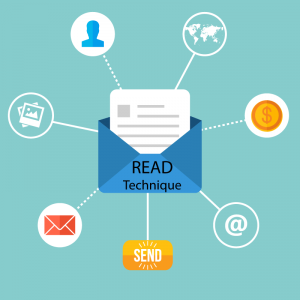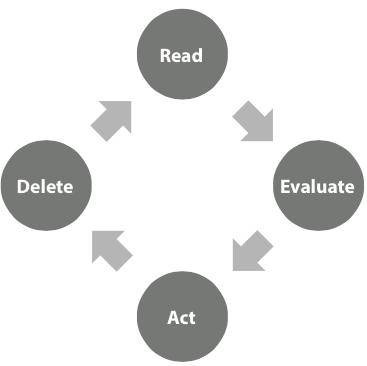
This is part of a series of ‘What Makes A Great Executive Assistant’ and making references to specific sections in the Certified Executive Assistance Professional CEAP Body Of Knowledge BoK.
In this 21st century, professionals spend more than 80% of their times checking, reading and acting on emails, and executive assistants are no exception. Emails is the mean of communication number 1 for all office correspondences in today’s workplaces. It is quick, convenient, and easy. Executive assistants, and other professionals, send and receive hundreds of emails in every single business day, which makes the process of reading, processing and acting on these enormous amounts of emails very hard and cumbersome. How do you know which email to read, act upon or just ignore! Which emails you have to flag and mark for further follow up. From the face of it, it sounds and looks easy, but it is indeed not.
It is quick, convenient, and easy. Executive assistants, and other professionals, send and receive hundreds of emails in every single business day, which makes the process of reading, processing and acting on these enormous amounts of emails very hard and cumbersome. How do you know which email to read, act upon or just ignore! Which emails you have to flag and mark for further follow up. From the face of it, it sounds and looks easy, but it is indeed not.
“Determining which emails are important or should be deleted places you in the position of making decisions for both you and your manager. You cannot approach your manager to ask if this email is important or not. That is why you are there. Having a technique that enables you to process emails systematically allows for faster decision-making and organizing. The READ technique is a quick and easy technique you should use to process emails more effectively.
The READ technique allows you to process emails in the following manner: Read, Evaluate, Act, Delete.
 The Act step in the process is the most important. Here you determine the following:
The Act step in the process is the most important. Here you determine the following:
- Do you reply to the sender?
- Do you relay this information to you manager?
- Do you resource this information for future reference?
- Do you reject the email and delete it?
By consistently deploying the READ technique, you will manage your manager’s email effectively with the least level of interruptions to your manager.”


